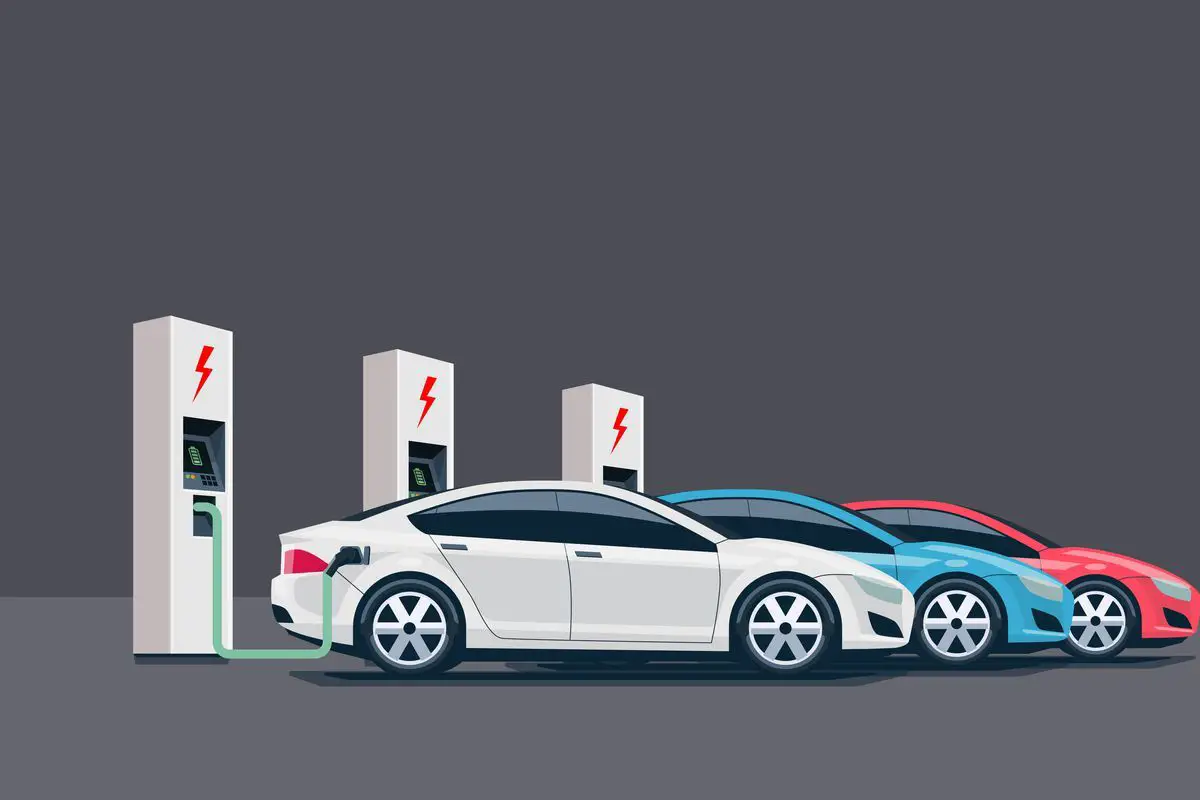Why you should consider EVs over combustion cars

The current world few people have an idea what and how electric cars are operated. Some have never even seen one. Currently Tesla Model 3 is the most popular EV on the market, and it outsold all the other electric cars on the market combined. Away form environmental benefits there are several advantages of owning an EV.
Here are few of the advantages:-
1) They Run Silently. Unlike a conventional vehicle’s internal combustion engine and exhaust system that announces a burst of speed with a roar, an electric motor operates virtually silently. When you press the start button, you’ll hear nothing you might doubt if the car is on. The most noticeable things you’ll notice as you drive will be tire and wind noise, and the engine/exhaust sounds of other vehicles.Because they operate so quietly, however EVs need to have artificial noise to alert pedestrian that the EV is on the road to avoid accidents.
2) They’re Fast- Unlike a gasoline engine, an electric motor puts 100 percent of its available power to the pavement instantly and continuously. Nissan Leaf feel much quicker off the line than a similar gas-powered car. The sportiest models deliver even faster acceleration. The 2020 Porsche Taycan can reach 60 mph from a standing start in just 2.6 seconds. Tesla says its upcoming Roadster will do it in a sudden 1.9 seconds . Most electric cars use a single-speed transmission the vehicle gets up to speed smoothly, with no need of gear-shifting.
3) They’re Cheaper To Own. Even with gas currently being lower than we’ve seen in some time, it still costs less to run a vehicle on electricity than fossil fuel. For example, the EPA’s fuel cost calculator at fueleconomy.com says a Chevrolet Bolt EV that gets the equivalent of 118 mpg will cost an owner $400 a year to drive 11,600 combined city/highway miles per year at average electricity rates ($0.12/kWh). A same size Chevy Sonic that gets a combined 29 mpg will cost $700 a year to cover the same ground at current fuel prices .By charging at home you’ll avoid making impulse purchases on beverages, snacks, and lottery tickets at a gas station. Also in terms of maintaining EVs it is cheap this is because they have fewer running parts also since the car does not use oil an EV owner avoids having to take the car in for periodic oil changes, cooling system flushes, transmission servicing, and replacing the air filter, spark plugs and drive belts. Regular service visits merely consist of a mechanical inspection, and rotating the tires, replacing the cabin air filter and wiper blades, and topping off the washer fluid.
4) COG/ Balance - Most EVs mount their heavy battery packs beneath the passenger compartment, which creates a lower center of gravity than a comparable conventional auto. This, in turn, affords quick cornering abilities and helps make even the most conservatively engineered models fun to drive.
5) Brake - EVs have regenerative brake system (short brakes) this helps to recover energy that was lost when deceleration and braking. The system sends this power back to the battery pack to help maintain a charge. It feels like there’s a drag being placed on the car when you take your foot off the accelerator pedal. It’s more pronounced in some electric cars than others, with some enabling what’s known as “one pedal” driving that will all but bring the car to a complete stop without actually having to use the brake pedal.
6) A win for Environment- There’s little doubt that having more electric cars on the road in congested urban areas can improve local air quality. Unfortunately, the net environmental effect of running an EV depends to a certain degree on how the electricity used to power it is generated. An electric car’s negative impact tends to be much greater in areas where the power comes from burning fossil fuels than it is with nuclear, wind, and solar sources.
7) Recharging -All EVs can recharge on 110-volt house current–known as Level 1 charging–but this is an agonizingly slow process that could take as long as 24 hours, depending on the model. You’ll want to spend a few hundred dollars to have an electrician install a 240-volt line and perhaps a wall mounted charger to take advantage of quicker “Level 2” charging times, which are usually half the time of Level 1. As a bonus, your local utility company may offer a discount for electricity during off-peak hours. Some battery can be charged up to 80% in around 30-60 minutes depending on the type of charger that is used to recharge the car.
Original copy : forbes.com




